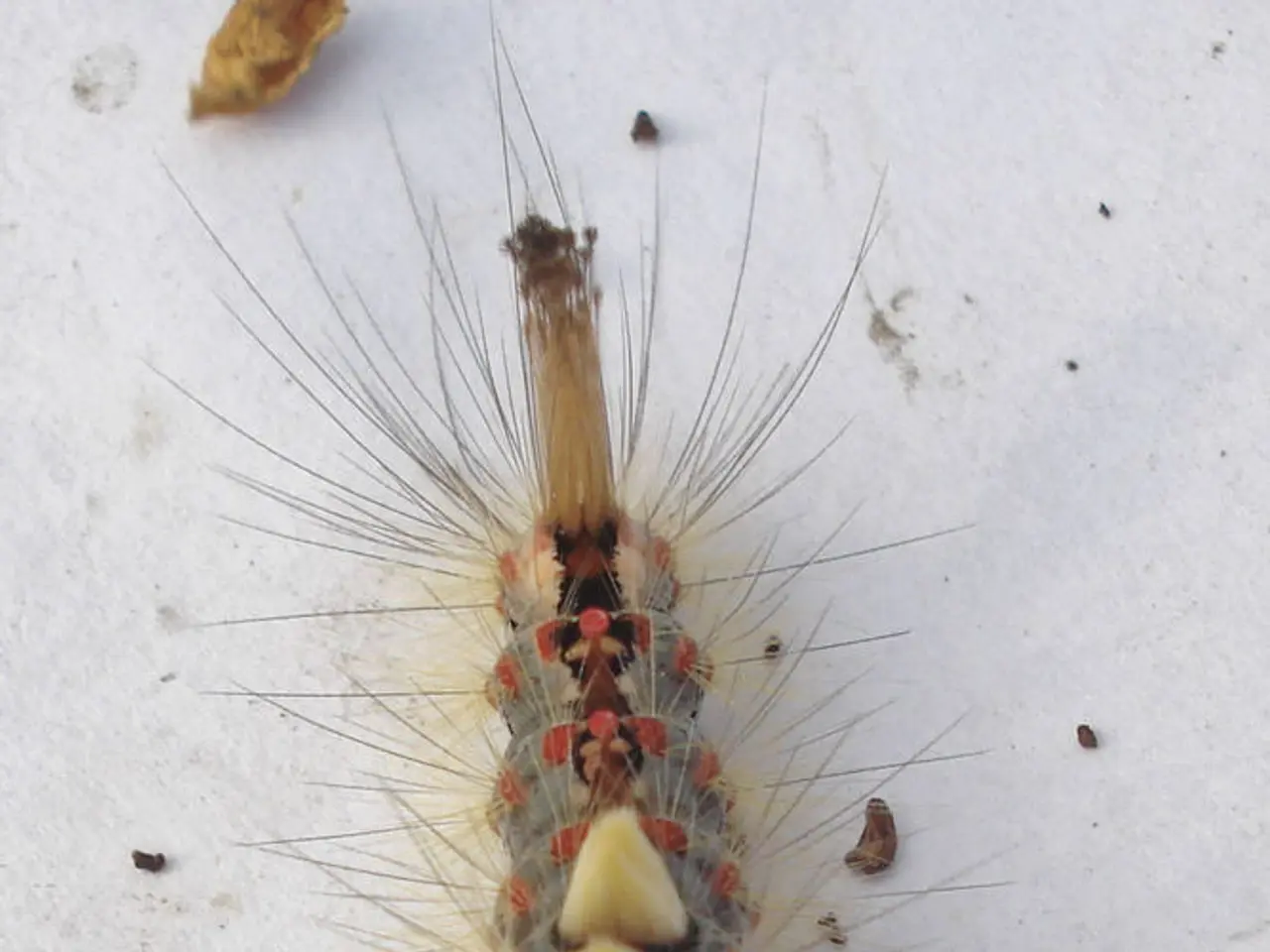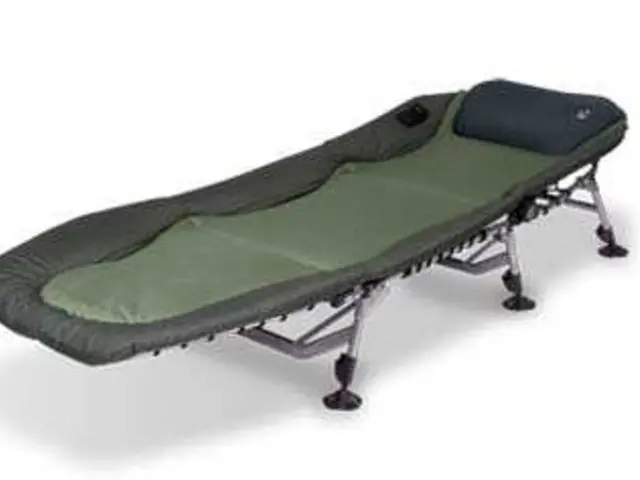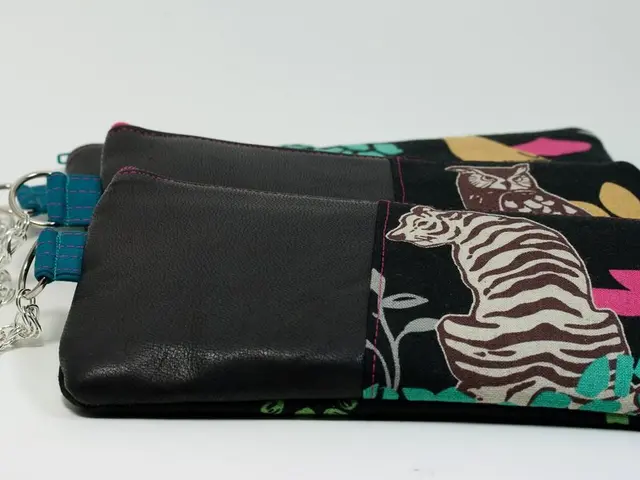Dust mites and their potential link to eczema flare-ups
Dust mites, tiny insect-like creatures living in house dust and household items, can play a significant role in triggering eczema flare-ups. These creatures are particularly associated with atopic dermatitis, a form of eczema [1].
When dust mites attach to the skin or pierce it, their droppings may cause an allergic reaction in individuals prone to eczema. This reaction can lead to a series of events that exacerbate eczema symptoms [2].
Upon penetrating the weakened skin barrier, dust mite allergens stimulate keratinocytes and immune cells to release pro-inflammatory cytokines. These cytokines activate the Th2 immune pathway, leading to IgE production and allergic inflammation [1]. The intense itching caused by this process can lead to scratching, further damaging the skin and perpetuating a cycle of barrier disruption and immune hypersensitivity [1][2].
The most common major allergen associated with the American house mite, Dermatophagoides farinae, is Der f1. Dust mites thrive in warm, moist environments, ideally those with around 70% humidity, and typically live on items that dead skin cells collect on, such as bedding, furniture with fabric, curtains, carpets or rugs, mattresses, pillows, clothes, toys with fabric, etc. [3]
Symptoms of dust mite allergies tend to occur year-round, and worsen while sleeping because of exposure to allergens in bedding, pillows, and mattresses. If you experience unexplained skin symptoms such as itchiness, rash, inflammation, discoloration, oozing or weeping, crusting, redness, roughness, scaling, or if your symptoms worsen or do not ease with treatment, it's advisable to consult a doctor or a dermatologist [6].
To reduce dust mite exposure, it's recommended to dust household surfaces as often as possible with a wet mop or damp dusting cloth, vacuum carpets and rugs several times each week, clean furniture, toys, and other household items weekly, and wash bed linens at least twice each week in water that is 140°F [4]. Using an air purifier that contains a high-efficiency particulate air (HEPA) filter, especially in bedrooms, can also help.
In addition to these measures, at-home remedies for eczema include identifying triggers, bathing daily in lukewarm water and applying moisturizers with ceramides immediately afterwards, getting enough sleep and exercise, bathing with soothing ingredients such as oatmeal, diluted apple cider vinegar, and baking soda, keeping nails trimmed or wearing cotton gloves, using cleansers with a low pH, applying cool compresses to the skin, avoiding itching or scratching the skin, wearing soft, breathable clothes such as those made of loose-fitting cotton, and more [5].
References:
- Blauvelt, A., et al. (2015). Dermatophagoides farinae and Dermatophagoides pteronyssinus: Clinical relevance and management strategies. Journal of Allergy and Clinical Immunology.
- Schmid-Grendelmeier, P., et al. (2016). Allergen-specific immunotherapy in atopic dermatitis: A systematic review and meta-analysis. Allergy.
- Bernstein, J. A., et al. (2015). International Alliance of Dermatology Patient Organizations (IADPO) guideline for the assessment and management of atopic dermatitis: Section 2. Environmental triggers. Journal of the American Academy of Dermatology.
- Bernstein, J. A., et al. (2014). The role of dust mite allergen in atopic dermatitis and asthma: A review. Clinical and Experimental Allergy.
- Lee, A. J., et al. (2014). Atopic dermatitis: A review of pathogenesis, diagnosis, and treatment. American Family Physician.
- American Academy of Dermatology. (2021). Atopic dermatitis (eczema): Signs and symptoms. Available at: https://www.aad.org/public/diseases/eczema/signs-and-symptoms
A person prone to eczema may experience allergic reactions from dust mite allergens that stimulate pro-inflammatory cytokines, leading to skin symptoms like itchiness, rash, inflammation, or discoloration. These allergens thrive in warm, moist environments like mattresses, pillows, bedding, carpets, and furniture with fabric. To manage eczema symptoms associated with dust mites, one may consider using an air purifier with a HEPA filter, cleaning household items frequently, and washing bedding at high temperatures. For at-home skin care, using soft, breathable fabrics, avoiding itching and scratching, and applying moisturizers with ceramides are some recommended steps. If symptoms do not ease with treatment, consulting a healthcare professional or dermatologist is advisable.








